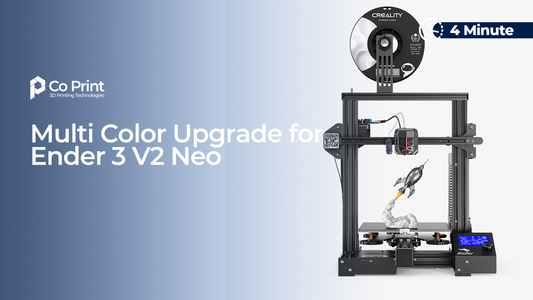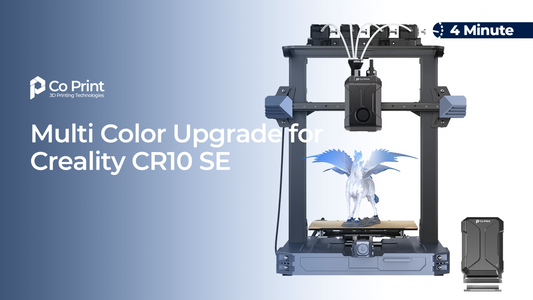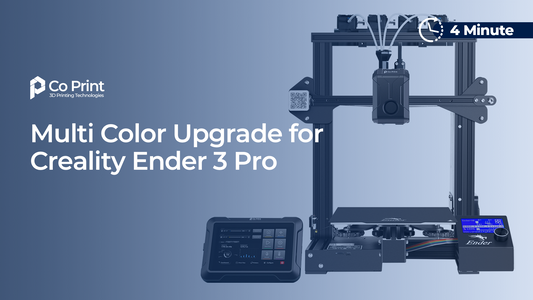Geleneksel üretim yöntemleri bazen yüksek işçilik maliyetlerine, malzeme israfına ve uzun üretim sürelerine yol açarak şirketler için önemli giderlere yol açabilir. Günümüzde otomotiv, havacılık, sağlık, inşaat ve imalat gibi birçok sektör, maliyetleri önemli ölçüde düşürmek için 3B baskıdan yararlanmaktadır. 3B baskı, prototipleme sürecini kısaltma ve parça üretim maliyetlerini düşürme gibi avantajlar sunar. Maliyet tasarrufu hangi sektörlerde ve nasıl sağlanır? 3B yazıcıların çeşitli sektörlerde maliyetleri nasıl düşürdüğüne dair gerçek hayattan örnekleri inceleyeceğiz.
GE Katkı Maddesi
General Electric'in havacılık bölümü, uçak motoru parçaları için 3D baskı teknolojisini kullanarak üretim süresini %30 oranında azalttı. Yeni 3D baskı yakıt enjektörleri, önceki versiyonlara göre %25 daha hafif ve daha dayanıklı. Sonuç olarak, GE yalnızca üretim maliyetlerini düşürmekle kalmadı, aynı zamanda uçak yakıt verimliliğini de artırarak operasyonel giderleri azalttı.
Airbus
Havacılık sektöründe Airbus, A350 XWB modelinin bazı bileşenlerini 3D yazıcılar kullanarak üreterek 1 ton daha hafif bir uçak tasarlamayı başardı. Daha hafif uçaklar daha az yakıt tüketiyor ve bu da Airbus'ın yıllık operasyonel maliyetlerinde milyonlarca dolar tasarruf etmesini sağlıyor.

BMW
BMW, 3D yazıcılar kullanarak prototip üretim sürelerini %50 oranında azalttı. Geleneksel yöntemlerle üretimi haftalar süren parçalar, 3D baskı sayesinde artık sadece birkaç gün içinde tamamlanabiliyor. Bu süreç, markanın yeni modelleri daha hızlı piyasaya sürmesine ve geliştirme maliyetlerini düşürmesine yardımcı oluyor.

McLaren Yarışı
McLaren, Formula 1 araçlarının aerodinamik bileşenlerini test etmek için 3D baskıyı aktif olarak kullanıyor. 3D yazıcılar sayesinde parça üretim maliyetleri %60 oranında azaldı ve tasarım değişiklikleri çok daha hızlı uygulanabiliyor.
Mayo Kliniği
Mayo Clinic, hastaya özel protezler, implantlar ve cerrahi kılavuzlar üretmek için 3 boyutlu baskı teknolojisini kullanıyor. Bu teknoloji, kişiselleştirilmiş çözümler sunarak ameliyat sürelerini kısaltıyor ve hasta iyileşme oranlarını artırıyor.

olanak vermek
e-NABLE, 20 dolardan daha düşük bir fiyata protez eller üretmek için 3 boyutlu yazıcılar kullanıyor ve bunları ihtiyaç sahibi çocuklara ücretsiz olarak dağıtıyor. Geleneksel protezlerin binlerce dolara mal olabileceği düşünüldüğünde, 3 boyutlu baskının sağlık sektöründe ne kadar büyük bir fark yarattığı açıkça görülüyor.

Ford
Ford, araç üretiminde 3D baskı teknolojisini kullanarak motor parçaları ve iç aksam prototipleme sürecini %75 oranında hızlandırdı. 3D yazıcılar sayesinde motor parçaları daha hızlı tasarlanabiliyor, test edilebiliyor ve optimize edilebiliyor. Bu süreç, araç üretiminde gereksiz malzeme ve işçilik maliyetlerini %30 oranında azalttı. Özellikle Ford F-250 modelinin motor parçalarında 3D baskı kullanıldı.

Siemens
Siemens, jeneratör üretiminde 3D yazıcılar kullanarak enerji ekipmanlarının üretiminde %20 maliyet tasarrufu sağladı. Özellikle Siemens SGT-800 gaz türbininin bazı parçaları 3D baskı ile üretilerek daha hafif ve daha dayanıklı bileşenler elde edildi. Bu sayede nakliye ve lojistik maliyetlerinde %15'lik bir düşüş sağlandı.

Protolabs
Protolabs, 3D yazıcılar kullanarak prototiplemeden seri üretime kadar tüm süreç boyunca maliyetleri düşürdü. HP'nin Multi Jet Fusion teknolojisini hizmetlerine ekleyerek bileşenleri hızlı bir şekilde üretebiliyorlar. Üretim sürecinin bu şekilde optimize edilmesi, önemli maliyet tasarrufları sağladı.
3D baskı teknolojisi, maliyetleri düşürüp üretim süreçlerini hızlandırarak çeşitli sektörlerde daha verimli hale getiriyor. Otomotiv ve havacılıktan sağlık ve tüketici elektroniğine kadar şirketler, malzeme tasarrufu yapmak, işçilik maliyetlerini düşürmek ve yenilikçi çözümler geliştirmek için 3D baskıyı kullanıyor. Gelecekte, bu teknolojinin daha da yaygınlaşması ve üretim maliyetlerinde daha büyük düşüşler sağlaması bekleniyor.






